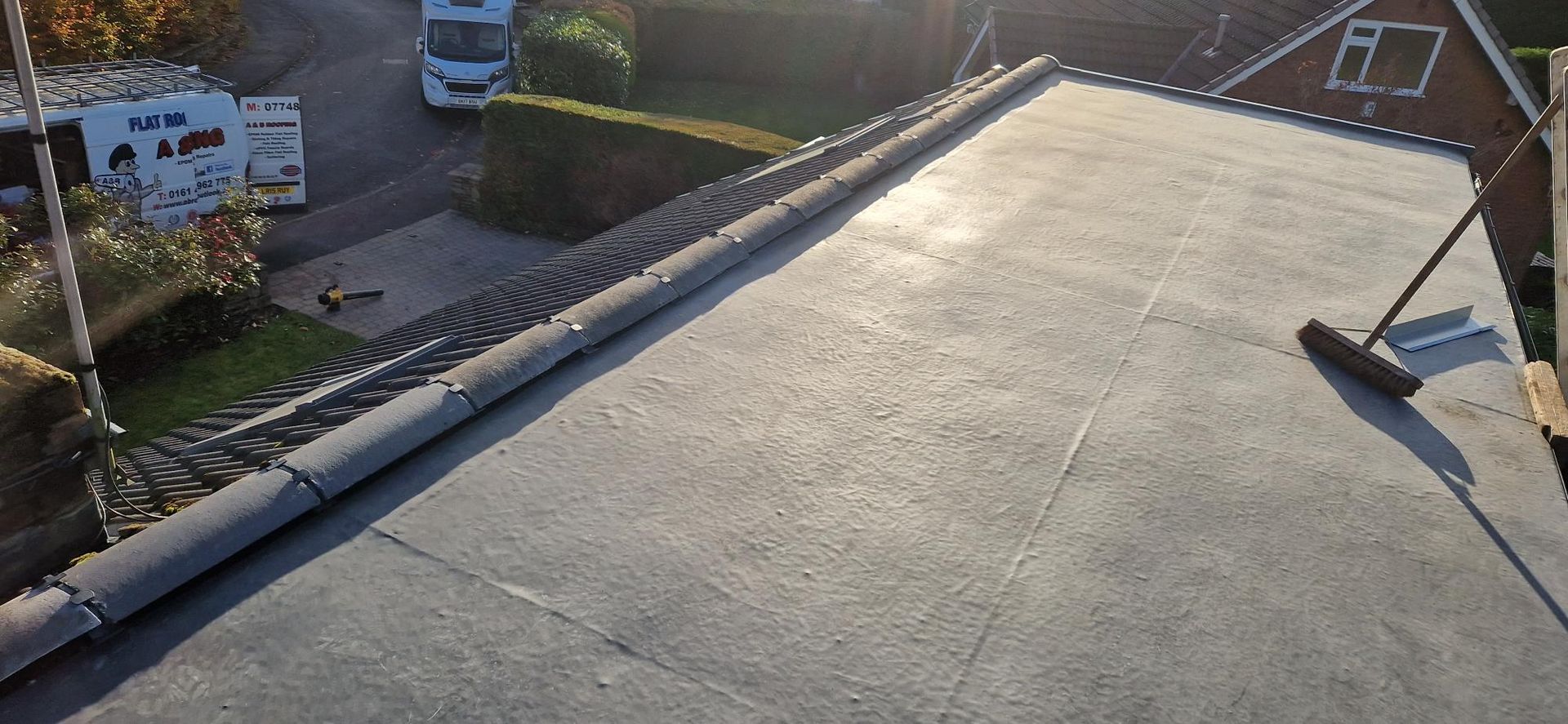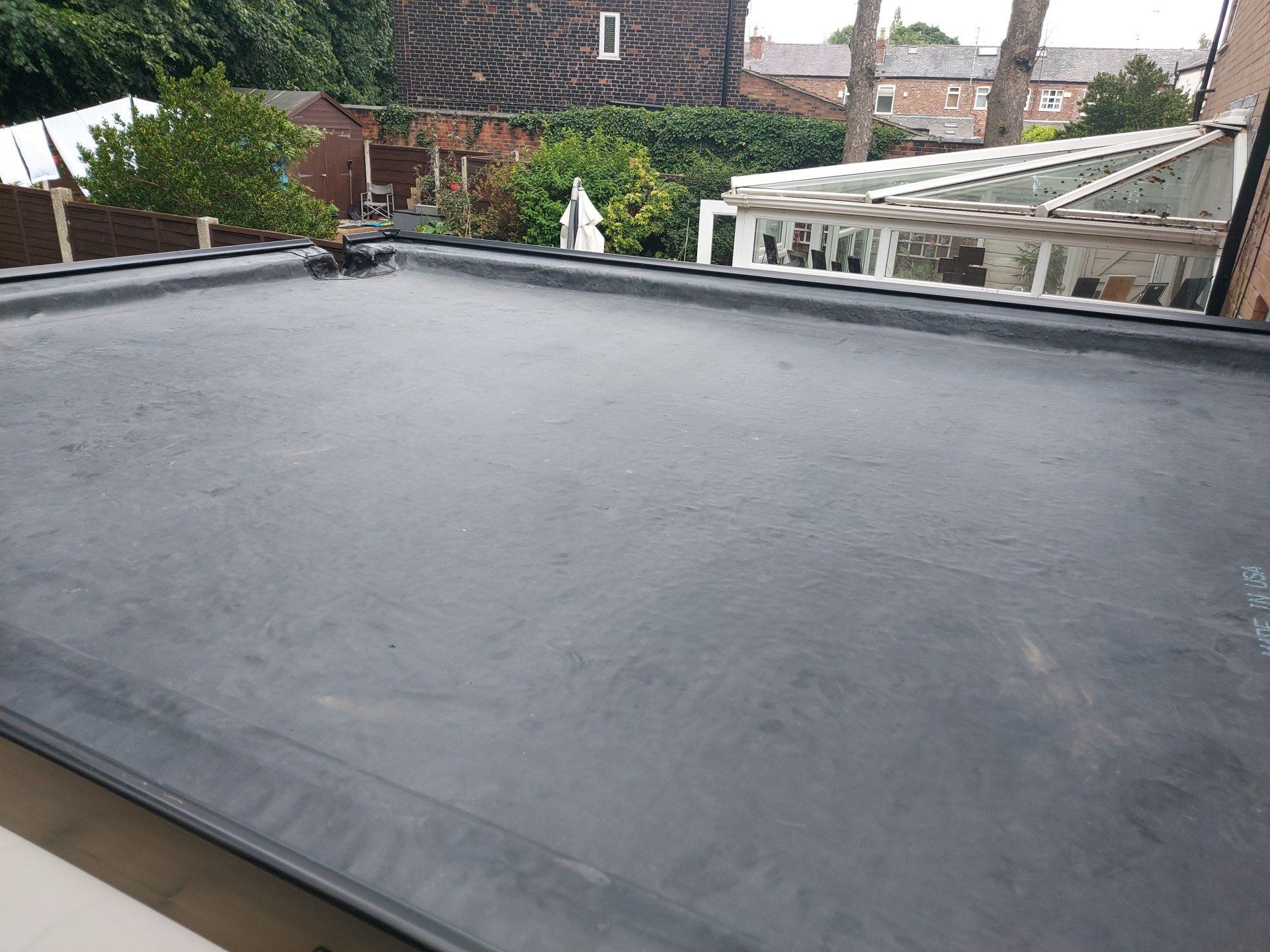Do You Need New Gutters This Spring?
Daniel Bracewell • 24 March 2021
Spring is a great time for fresh starts. Bu while the natural world gives us new blooms of flowers, frogspawn, ducklings and lambs, it is also important to carry out a thorough inspection of the outside of your home.
This will have been a harder thing to do during the dark, wet, windy and occasionally snowy days of winter. But now spring is upon us, the time will have come to check everything from your brickwork to your roof tiles.
It can be easy to miss your guttering unless there is already an obvious problem, such as major overflowing. The main build-up of debris in gutters is most likely to be leaves deposited during autumn, which will decay but not necessarily enough to prevent blockages and water displacement.
Ideally, you should check your gutters every month
to make sure they are in good order and not blocked by anything, which can include dead birds and animals as well as leaves.
However, there are many other problems with gutters
that can be spotted at any time of year, many of them caused not by neglected debris but structural issues.
Among these are sagging, caused by the pipe-supporting brackets being placed too far apart. This makes them more vulnerable to sagging when autumn debris adds weight to them.
Another is leaks caused by breaks, which usually appear around joints in the pipes, and gaps, which are caused by temperature changes as the metal expands in the warmth and contracts in colder weather.
While some work can be undertaken by skilled DIY people, the best move is to bring in professionals who know how to carry out repairs to existing gutters, or replace parts entirely when this is necessary.
The saying that you should “fix the roof when the sun shines” applies to gutters too. If you can get them back in shape in spring or summer, they will be in a good, robust state for when the weather turns later in the year.










